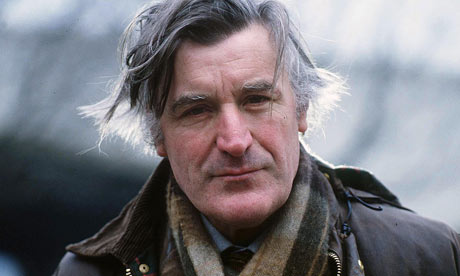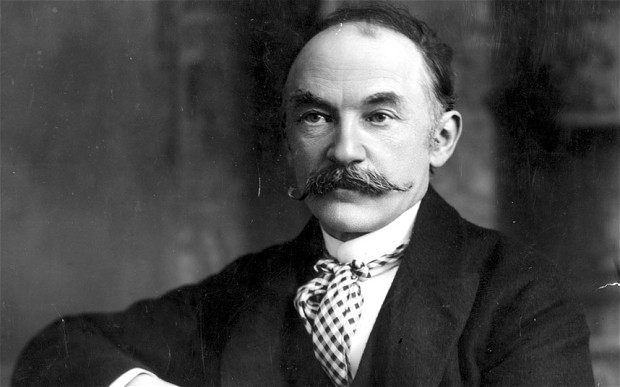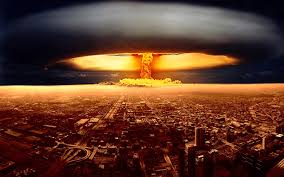The Eve of Waterloo’ by Lord Byron is a narrative poem, exciting as well as full of pathos. The poem is based on a true incident that happened just before the Battle o Waterloo. The battle took place in June 1815 in Waterloo, a village about 11 miles from Brussels where the Duke of Wellington defeated his famous French rival, Napoleon. Napoleon was sent to exile and imprisonment. When Napoleon was advancing towards Brussels, the Duke of Wellington was with his officers attending a ball thrown by Charlotte, the Duchess of Richmond.
Through this poem ‘The Eve of Waterloo’, Byron wants to send a message to the world that no war can be justified. War is something that begins with a man’s ambition but ends with destruction on all sides. Thousands lose their lives and their homes, thousands go astray. There is no glory in war but only death and destruction.
Form and Structure:
The poem is composed in Spenserian stanzas, named after Edmund Spenser. In this kind of stanza, the first eight lines are in iambic pentameter and the last line is in iambic hexameter. The rhyming pattern is ababbcbcc.
Interjections: Byron has used a number of interjections in his poem, ‘The Eve of Waterloo’. Some of them are Hark, Hush, Arm Ah and Alas.
Imagery:
The imageries used in the beginning of the poem show the cheerful mood of the soldiers dancing in the party. “Beauty and Chivalry”, “thousands hearts beat happily”, “all went merry as a marriage bell” are indications of a joyous party. A little later, there is a rapid succession of images specifying hurry and movement. The descriptions are so vivid that the readers can even visualize. For example,
“And there was mounting in hot haste: the steed.
The mustering squadron, and the clattering car.”
The last two stanzas of The Eve of Waterloo are full of images depicting the change in scene from celebration and fun to battle and death. “Green leaves” and “grass” contrasts with “grieves” and “strife.” The last line of the poem, the poet writes, “Rider and horse,- friend and foe,- in one red burial blent” which symbolizes that all soldiers and their horses are killed and blended in mud, soil and blood.
Poetical Devices:
Figures of speech such as metaphors, similes and personification are used in the poem.
Metaphor: “And caught its tone with death’s prophetic ear.
fiery mass/ Of living valour, rolling on the foe.”
Simile: “to be trodden like the grass.”
Personification: Examples of personification in the poem are given below,-
*Her Beauty and her Chivalry
*No sleep till morn, when Youth and Pleasure meet
*Dewy with nature’s tear drops, as they pass
*Last eve in Beauty’s circle proudly gay.
In the final stanza, Byron portrays the gruesome reality of war. The poem arouses sympathy for the young soldiers who give up their lives for saving their countrymen. They leave their charms of life to face the impending horrors of war. . Finally, at the end of the day, we find the earth covered with heap of dead bodies of thousands of men. The soldiers have lost their identity. The bodies of soldiers, the friends or the enemies, the horses- all lay buried in one heap, covered in blood and soil.
Some online learning platforms provide certifications, while others are designed to simply grow your skills in your personal and professional life. Including Masterclass and Coursera, here are our recommendations for the best online learning platforms you can sign up for today.
The 7 Best Online Learning Platforms of 2022
- Best Overall: Coursera
- Best for Niche Topics: Udemy
- Best for Creative Fields: Skillshare
- Best for Celebrity Lessons: MasterClass
- Best for STEM: EdX
- Best for Career Building: Udacity
- Best for Data Learning: Pluralsight














Very well written. Thanks